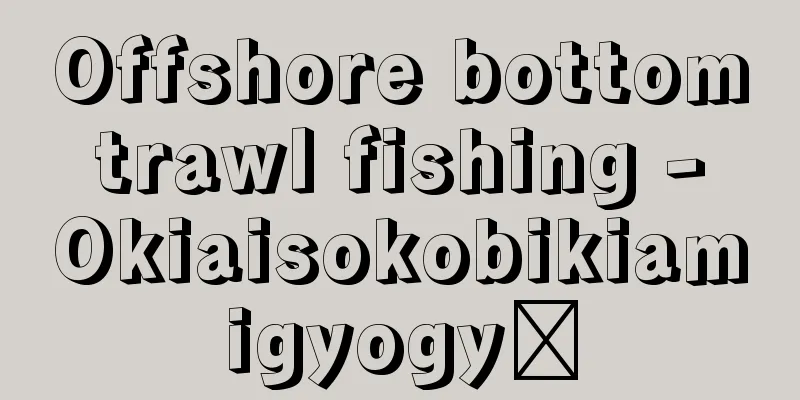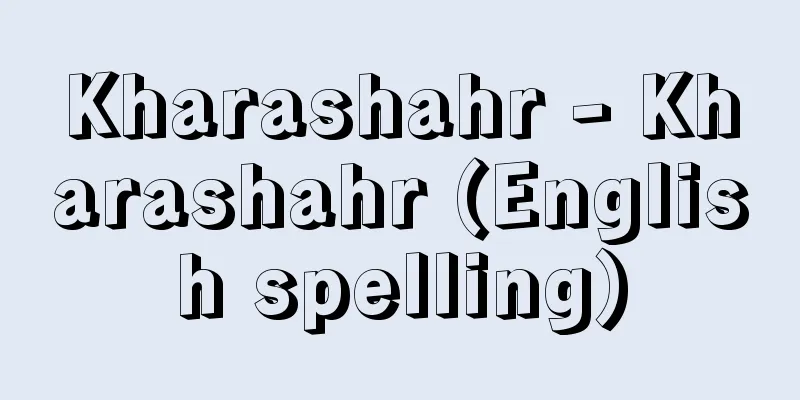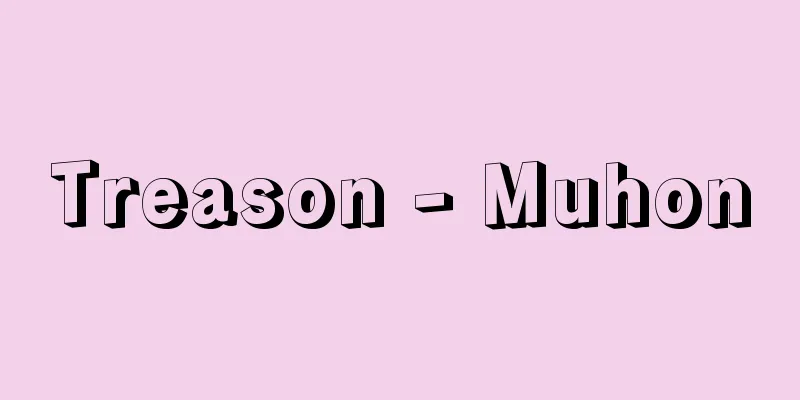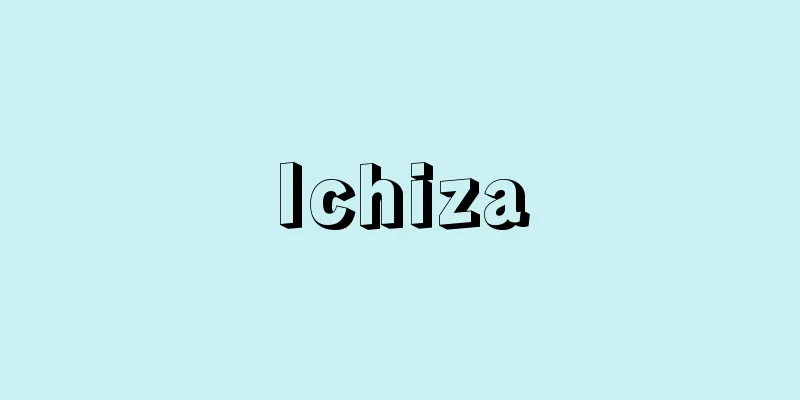Offshore bottom trawl fishing - Okiaisokobikiamigyogyō

|
This type of fishing is conducted in the Pacific Ocean area designated by government ordinance using bottom trawling nets by powered fishing vessels of 15 tons or more in gross tonnage. The "Cabinet Order Prescribing Designated Fisheries under Article 52 Paragraph 1 of the Fisheries Law" (Cabinet Order No. 6 of 1963) defines the sea area as the area north of a straight line extending from 25 degrees 15 seconds north latitude, 128 degrees 29 minutes 53 seconds east longitude to 25 degrees 17 seconds north latitude, 152 degrees 59 minutes 46 seconds east longitude, as well as the area east of a line consisting of the following lines, and west of a line 152 degrees 59 minutes 46 seconds east longitude. (1) The line at 127 degrees 59 minutes 52 seconds east longitude north of 33 degrees 9 minutes 27 seconds north latitude. (2) A straight line from the point at 33 degrees 9 minutes 27 seconds north latitude and 127 degrees 59 minutes 52 seconds east longitude to the point at 33 degrees 9 minutes 27 seconds north latitude and 128 degrees 29 minutes 52 seconds east longitude. (3) A straight line from latitude 33 degrees 9 minutes 27 seconds north, longitude 128 degrees 29 minutes 52 seconds east to latitude 25 degrees 15 seconds north, longitude 128 degrees 29 minutes 53 seconds east. This fishery has a long history, and was formerly known as the "Eastern Bottom Trawl Fishing" in correspondence with the Western Bottom Trawl Fishing, but was administratively renamed the "Medium-sized Motor Vessel Bottom Trawl Fishing" in 1952, and was further renamed to the "Offshore Bottom Trawl Fishing" in 1962. The correct way to write the name of this fishery is as "offshore bottom trawl fishery," but the commonly used term is "offshore bottom trawl fishery." [Teisuke Miura] Operation AreaFishing areas are divided into 47 sections, and strict restrictions are imposed on fishing operations from the perspective of resource conservation and fisheries adjustment, with fishing mainly taking place off the coast of each prefecture. [Teisuke Miura] Number of licensed vesselsAs of January 1, 2011, there were 372 vessels. There are two fishing methods: single boat trawling and double boat trawling, with 294 single boat trawling, 42 double boat trawling, and 36 single boat and double boat trawling (both methods can be used together). The single boat trawling method includes the run-around fishing method and the otter trawling method, with the latter operating off the coast of Hokkaido and off the coast of Miyagi and Chiba prefectures. The double boat trawling method is used in parts of the coast of Iwate prefecture, in the southern Pacific Ocean, and in parts of the western Sea of Japan. [Teisuke Miura] CatchIn 2008, the catch was 404,000 tons, a decrease of about 18.5% from the 496,000 tons in 1996. The main fish species caught are Alaska pollock, Atka mackerel, sand lance, squid, flatfish, etc. [Teisuke Miura] Sea area(1) Hokkaido District: 48 licensed vessels. They are 124-160 ton vessels and operate in the waters around Hokkaido and within Russia's 200-nautical-mile economic zone by single-boat fishing or otter trawling. The main target fish species are Alaska pollock, Atka mackerel, sand lance, and flatfish. (2) North Pacific: 117 licensed vessels. Most of these vessels are 19-ton and 65-75-ton vessels. They operate off the coasts of Miyagi and Chiba using otter trawls, off the coast of Iwate using single-boat and double-boat trawls, and off the coast of Aomori using single-boat trawls. The main target fish species are pollock, flatfish, etc. (3) Central and Southern Pacific: 15 licensed vessels. Mainly 15-40 ton vessels operate single-boat fishing off the coast of Shizuoka to Wakayama, and 125 ton vessels operate two-boat fishing off the coast of Kochi to Kagoshima. The main target fish species are squid, lizardfish, and smelt. (4) Northern District of the Sea of Japan: 72 licensed vessels. Most of these vessels are under 40 tons and operate off the coasts of Aomori, Sado, and Noto using the trolling fishing method. The main target fish species are Atka mackerel, Alaska pollock, shrimp, crabs, etc. (5) Western Sea of Japan: 120 licensed vessels. The main fishing grounds are from Sanin to off the coast of Tsushima. Fishing is mainly carried out using single-boat and double-boat fishing methods with 75-95 ton vessels. The main target fish species are sandfish, flatfish, snow crab, and smelt. [Teisuke Miura] "Major Fisheries Trends and Issues from 1996 to 1997, compiled and published by the Fisheries Department of the Norinchukin Bank (1998)" ▽ "Fisheries Yearbook 2011, compiled by the Fisheries Yearbook Editorial Committee (2011, Suisansha)" [Reference items] | | | |Source: Shogakukan Encyclopedia Nipponica About Encyclopedia Nipponica Information | Legend |
|
政令で定める太平洋の海域において、総トン数15トン以上の動力漁船により底引網を利用して行われる漁業。 海域は、「漁業法第52条第1項の指定漁業を定める政令」(昭和38年政令第6号)により、北緯25度15秒東経128度29分53秒の点から北緯25度17秒東経152度59分46秒の点に至る直線以北ならびに、以下の線からなる線以東、東経152度59分46秒の線以西と定められている。 (1)北緯33度9分27秒以北の東経127度59分52秒の線。 (2)北緯33度9分27秒東経127度59分52秒の点から北緯33度9分27秒東経128度29分52秒の点に至る直線。 (3)北緯33度9分27秒東経128度29分52秒の点から北緯25度15秒東経128度29分53秒の点に至る直線。 この漁業の歴史は長く、かつては以西底引網漁業に対応して「以東底引網漁業」とよばれていたが、行政的に1952年(昭和27)から「中型機船底引網漁業」となり、さらに1962年から沖合底引網漁業の呼び方に改称された。漁業における名称表記としては「沖合底曳(そこびき)網漁業」とするのが正しいが、一般には「沖合底引網漁業」の表記が通行している。 [三浦汀介] 操業区域操業区域は47区分に細分化されており、操業については、資源保護、漁業調整上の観点から厳しい制限が課され、主として自県沖で操業している。 [三浦汀介] 許認可隻数2011年(平成23)1月1日時点で372隻である。漁法は、一艘(そう)引と二艘引漁法があり、一艘引294隻、二艘引42隻、一艘引および二艘引(両漁法の併用可能)36隻となっている。一艘引のなかには、かけ回し漁法とオッタートロール漁法とがあり、後者は北海道沖と、宮城県沖から千葉県沖で操業している。また、二艘引漁法で操業しているのは、岩手県沖の一部と太平洋南区、日本海西区の一部である。 [三浦汀介] 漁獲量2008年は40万4000トン、1996年の49万6000トンに比べ約18.5%減少した。漁獲対象となっているおもな魚種は、スケトウダラ、ホッケ、イカナゴ、イカ類、カレイ類等である。 [三浦汀介] 海区(1)北海道区 許認可隻数48隻。124~160トン型船で、北海道周辺水域およびロシア200海里経済水域内において、一艘引のかけ回しまたはオッタートロールにより操業している。主要対象魚種はスケトウダラ、ホッケ、イカナゴ、カレイ類等である。 (2)太平洋北区 許認可隻数117隻。19トンおよび65~75トン型船が中心で、宮城~千葉沖をオッタートロールにより、岩手沖を一艘引のかけ回しと二艘引により、青森沖を一艘引のかけ回しにより操業している。主要対象魚種は、スケトウダラ、カレイ類等である。 (3)太平洋中・南区 許認可隻数15隻。おもに15~40トン型船による一艘引のかけ回しが静岡~和歌山沖で行われ、おもに125トン型船による二艘引が高知~鹿児島沖で操業している。主要対象魚種は、イカ類、エソ類、ニギス類等である。 (4)日本海北区 許認可隻数72隻。おもに40トン未満船で青森、佐渡(さど)、能登(のと)沖でかけ回し漁法で操業している。主要対象魚種は、ホッケ、スケトウダラ、エビ類、カ二類等である。 (5)日本海西区 許認可隻数120隻。山陰~対馬(つしま)沖が主漁場。おもに75~95トン型船による一艘引のかけ回しと二艘引漁法で操業している。主要対象魚種は、ハタハタ、カレイ類、ズワイガニ、ニギス類等である。 [三浦汀介] 『農林中央金庫水産部編・刊『平成8年~平成9年度主要漁業の動向と問題点』(1998)』▽『水産年鑑編集委員会編『水産年鑑2011』(2011・水産社)』 [参照項目] | | | |出典 小学館 日本大百科全書(ニッポニカ)日本大百科全書(ニッポニカ)について 情報 | 凡例 |
<<: Offshore bottom trawl fishing boat
Recommend
Kyokuyo Co., Ltd.
...However, corporate management accounts for jus...
Odal (English spelling) [Germany]
Germanic hereditary land ownership, especially the...
Baby - Baby
...The spore print is dark purple-brown. It is wi...
High treason - daigyakuzai
〘Noun〙 (also "treason") 1. A wicked act ...
shchi
...Today, except in special cases, there is littl...
Asagara - Asagara
A deciduous tall tree of the Styrax family that gr...
Hooligan - hooligan
This refers to mobs that appear at soccer stadium...
Japanese orphans left behind in China
The existence of Japanese orphans remaining in Chi...
Karaki - Touboku
Also called "karaki." It refers to hard ...
Congress Kingdom (English spelling: Kongresówka; Congress Kingdom)
The Kingdom of Poland (1815-1915) was established ...
Pons Aemilius (English spelling)
In the mid-2nd century BC, the city of Rome exper...
Nemuro Bay - Nemurowan
It refers to the sea area in eastern Hokkaido, st...
pashmina
…The quality of the wool is the key to a cashmere...
Jordan
◎Official name: Hashemite Kingdom of Jordan (al-Ma...
Canned food - cans
This refers to food or dishes packed in a metal c...









